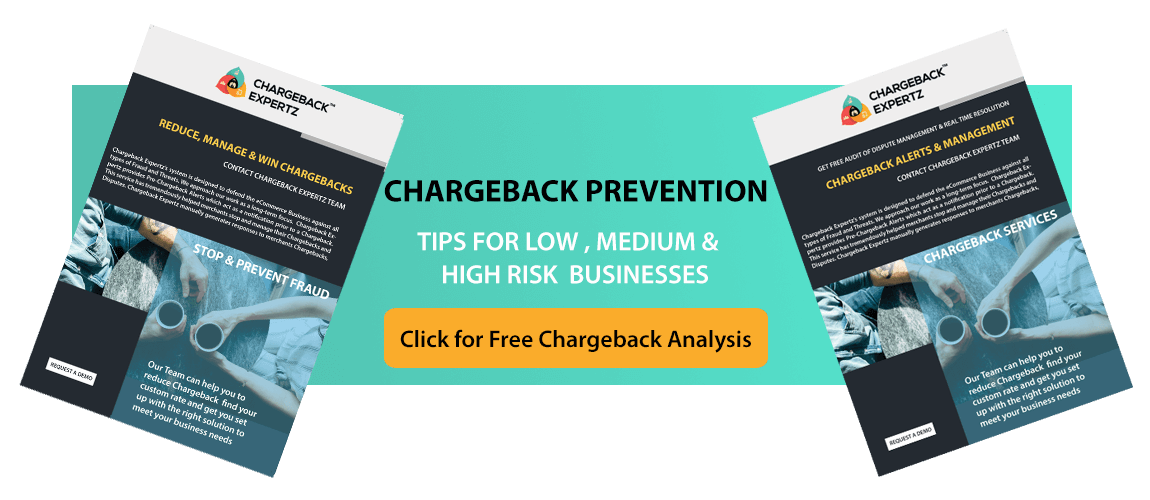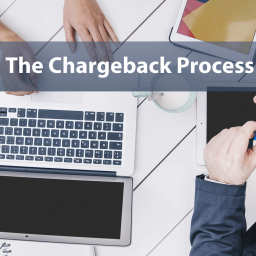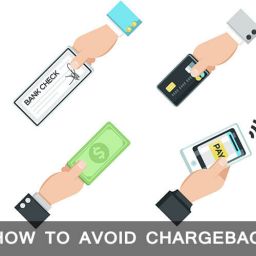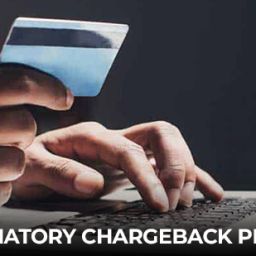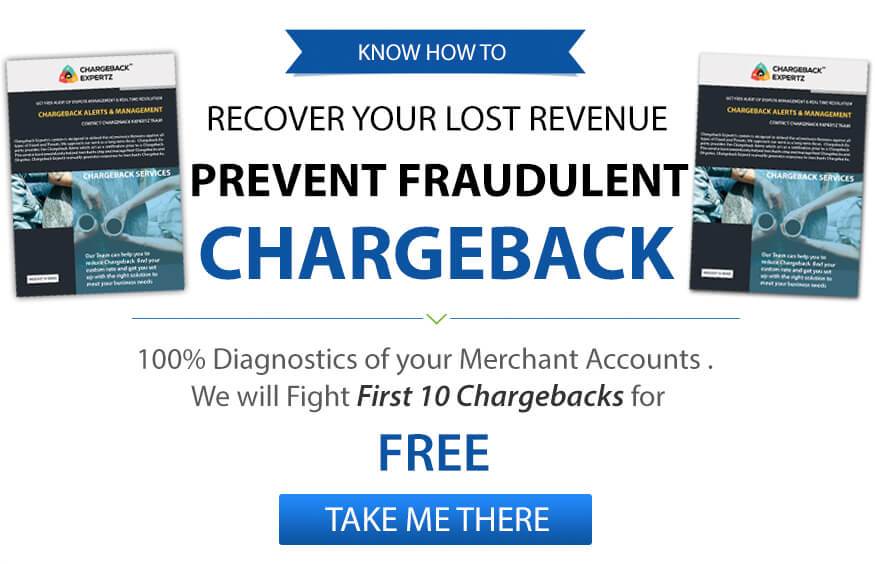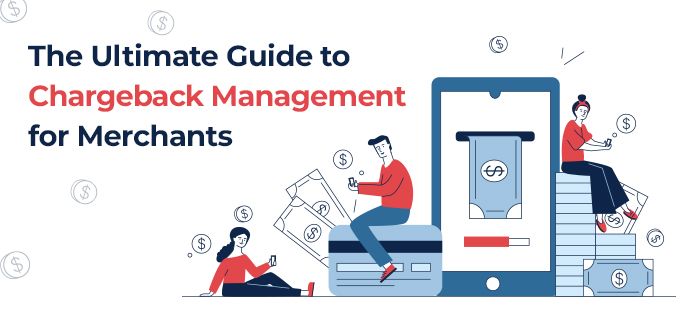
Chargeback Management is a critical part of running a successful business. As a merchant, it’s important to understand how chargebacks work and what you can do to minimize their impact. That’s why we’ve created the Ultimate Guide to Chargeback Management for Merchants. This comprehensive guide will provide an overview of the chargeback process, explain how to prevent chargebacks, and provide strategies for how to manage them if they occur. With this knowledge, you’ll be better equipped to protect your business from the financial and reputational damage of chargebacks.
What is a chargeback?
A chargeback is a transaction reversal initiated by a cardholder through their card issuer. It reverses the original payment transaction and puts the funds back in the cardholder’s bank account. A chargeback is initiated when a cardholder contacts their card issuer and disputes a transaction on their credit or debit card statement. This can happen for a variety of reasons, such as an unauthorized purchase, unsatisfactory goods or services, fraud, or a billing error. The card issuer then reviews the dispute and if it finds that the cardholder is justified in their claim, it will initiate a chargeback and return the funds to the cardholder. Chargebacks are not always the result of fraudulent activity and can be caused by customer service issues or misunderstandings. Regardless of the reason for the chargeback, merchants should take steps to minimize the risks and financial losses associated with them.
How do chargebacks happen?
Chargebacks occur when a customer challenges a charge on their credit or debit card statement. This usually happens when they don’t recognize a purchase on their statement, believe they were charged more than the amount they authorized, or feel that they have been charged for something they never received.
When customers initiate a chargeback, the bank will investigate the claim and determine if the customer is eligible for a refund. If the bank determines that the customer is eligible for a refund, the merchant will receive a chargeback notice from their acquirer. This notice will contain details about the transaction and the reason for the dispute.
There are various types of chargebacks that can occur. These can be related to authorization errors, counterfeit fraud, processing errors, friendly fraud, returns not processed correctly, cardholder disputes, late shipments, and more. It’s important to understand what caused the chargeback in order to dispute it.
It is also important to note that chargebacks can occur even when a merchant has followed all of the necessary steps for a successful transaction. For example, a customer could initiate a chargeback even if the merchant has already shipped out an order or if the customer was fully aware of the product or service being purchased.
By understanding how chargebacks happen and which types of transactions can lead to them, merchants can better protect themselves from fraudulent activities and ensure that their customers are satisfied with their purchases.
Our Latest Blogs
- 5 Ways to Improve Customer Service | Chargeback Expertz
- The Do’s and Don’ts of Creating an eCommerce Return Policy
- How to Dispute a Bank of America Chargeback
- 3 Ways to Prevent False Declines on Your Credit Card Purchases
How can I prevent chargebacks?
Chargebacks are an unavoidable part of doing business in the online world, but there are steps you can take to reduce the risk of them occurring. The most effective way to prevent chargebacks is to ensure that you have a clear and easy-to-understand refund policy in place. Let your customers know that you are open to refund requests and what the process is for filing one. Make sure that all communication regarding refunds is transparent and easy to understand.
Additionally, it’s important to use secure payment processing solutions to protect customer information and reduce fraud. It’s also a good idea to closely monitor your transactions, as any suspicious activity could be a sign of a potential chargeback. Be sure to communicate with your customers after every purchase to ensure they’re satisfied with the product or service they received. If you do receive a refund request, make sure to respond quickly and courteously, as this can help resolve any potential issues and avoid a chargeback.
How do I dispute a chargeback?
When it comes to chargeback disputes, the merchant’s first course of action should be to contact the customer and seek a resolution. If the customer does not respond or is unwilling to settle the dispute, the merchant should then submit a response to the credit card issuer or bank.
When submitting a dispute, the merchant should provide evidence to refute the chargeback. Such evidence may include original sales receipts, transaction records, or documentation showing proof of delivery. Additionally, merchants should include a written explanation of why the chargeback is being disputed.
In order to increase the chances of success in disputing a chargeback, merchants should always follow the procedures set out by their acquiring bank. Additionally, some acquirers provide dispute management tools to help merchants create and submit their chargeback disputes.
It is important for merchants to remember that time is of the essence when disputing a chargeback. Most chargeback disputes need to be submitted within a specified time frame – typically between 30 and 120 days. From when the dispute was raised – so it’s important to act quickly. Furthermore, if a dispute is filed after this time frame. Merchants may be unable to recover the lost funds.
What are the consequences of a chargeback?
Chargebacks can have serious consequences for merchants, both financially and legally. It is important to understand the implications of chargebacks before they occur.
![]()
Email us anytime!
Email customer service 24/7
![]()
Call us anytime!
Reach customer care 24/7 at +1 (888) 901-8653
Financially, a chargeback can cost merchants in two ways. First, the merchant must pay a fee to the issuing bank for each chargeback processed. Second, the merchant will lose out on any revenue associated with the transaction. The funds are charged back to the cardholder’s account. Depending on the type of business. A merchant may also incur additional costs associated with the chargeback. Such as shipping fees or other transaction-related costs.
If a merchant is identified as the cause of a chargeback. They may face legal action from their purchasing bank. For example, if it turns out that a merchant has violated the terms of their merchant agreements or is suspected of being the reason for an excessive amount of chargebacks. The acquiring bank has the authority to close the merchant’s account and levy further penalties or charges. In addition, if a business gets a lot of chargebacks for fraudulent transactions. The issuing banks or card networks may take legal action against the merchant.
In some cases, chargebacks can even result in criminal charges. For instance, if a business is discovered to be involved in actions that contravene anti-fraud regulations. Including money laundering or collecting credit card details fraudulently. They may face criminal prosecution.
It’s important to remember that chargeback management can have serious consequences. To avoid facing financial losses or legal repercussions, merchants should strive to prevent chargebacks whenever possible.
How can I reduce my chargeback ratio?
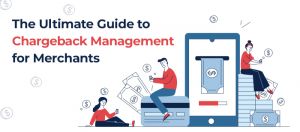
Reducing your chargeback ratio is key to Chargeback Management and ensuring the success of your business. To do this, it’s important to understand. What causes chargebacks in the first place and then take the necessary steps to prevent them?
- Implement an effective fraud prevention strategy. Fraudulent transactions are one of the leading causes of chargebacks. So having a comprehensive fraud prevention strategy in place is essential. You should use a combination of advanced fraud prevention tools such as Address Verification Service (AVS) and Card Verification Value (CVV) verification. As well as automated fraud detection systems that can identify potentially fraudulent transactions.
- Use clear communication and terms & conditions when setting up a transaction. Make sure that you clearly explain all terms and conditions of the sale to customers before they make a purchase. This will help to ensure that everyone is on the same page regarding expectations. Additionally, clients won’t perceive any form of deceit from the company..
- Respond quickly to customer inquiries and complaints. Promptly addressing customer inquiries and complaints helps to create a good experience for customers. And minimize the likelihood of them initiating a chargeback. Having a specialized team to address customer support issues would enable quick and effective resolution of these issues.
- Provide customers with timely product delivery or services rendered. Customers anticipate timely delivery of their goods or services
. And if they don’t receive what they ordered in a reasonable amount of time they may request a chargeback. Be sure to provide accurate information on expected delivery times and track shipments in case there are any issues.
- Offer multiple payment options. Providing customers with various payment options can help reduce chargebacks. As it gives customers more ways to pay for your products or services without needing to resort to a chargeback. This includes accepting multiple payment methods. Such as debit cards, credit cards, and digital wallets. As well as offering installment plans or subscriptions.
By following these steps, you should be able to reduce your chargeback ratio and better manage chargebacks. Additionally, having a comprehensive fraud prevention strategy in place and responding quickly to customer inquiries. And complaints will go a long way toward preventing chargebacks from occurring in the first place.

